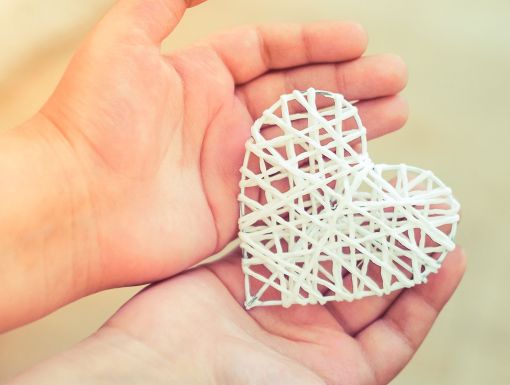
How To Be a Bone Marrow Donor
What is a bone marrow transplant?
Bone marrow transplants can save patients with leukemia, myeloma and lymphoma. The purpose is to replace the unhealthy bone marrow containing cancer cells in a patient with marrow that is free of cancer cells. It is important to note that bone marrow donation is different from stem cell donation.
What are the qualifications to be a donor?
Donors must be between 18 and 60 years of age and in healthy condition. For the full list of medical guidelines, click here.
What is the donor’s process?
Bone marrow donors undergo tests to make sure their heart and lungs can withstand the procedure. In order to see if a donor could be a match, a swab is taken from the donor’s mouth and their DNA is analyzed. This information is then added to the Be The Match Registry® and awaits a match.
If you are a match, the donation procedure takes place in a sterile environment and the donor undergoes anesthesia in the hospital. Doctors use needles to withdraw liquid marrow from both sides of the back of your pelvic bone. The marrow is then transported to the patient’s location for their transplant procedure.
What happens after you donate?
Side effects after the donation can vary from person to person. The common side effects after the procedure may include hip pain, headaches, fatigue and bruising at the collection sight. The discomfort could last up to a few weeks. Marrow donors can expect to return to most day-to-day activities within a week. Your marrow will return to normal levels within a few weeks.
Thinking about becoming a donor?
It is important to be aware that over 70% of patients who need a bone marrow transplant do not a have a family member that qualifies for donation. That is why people like you are needed to help save lives.
There are resources available to help you make a decision whether to donate. Becoming a donor takes commitment as it requires many hours spread out over four to six weeks to harvest the marrow safely. Not every member of the registry goes on to actually donate for a patient, but all donations are given with the hope of being a match for someone in need.
Learn more about Ochsner's Hematology, Bone Marrow Transplant and Cellular Therapy services today.


